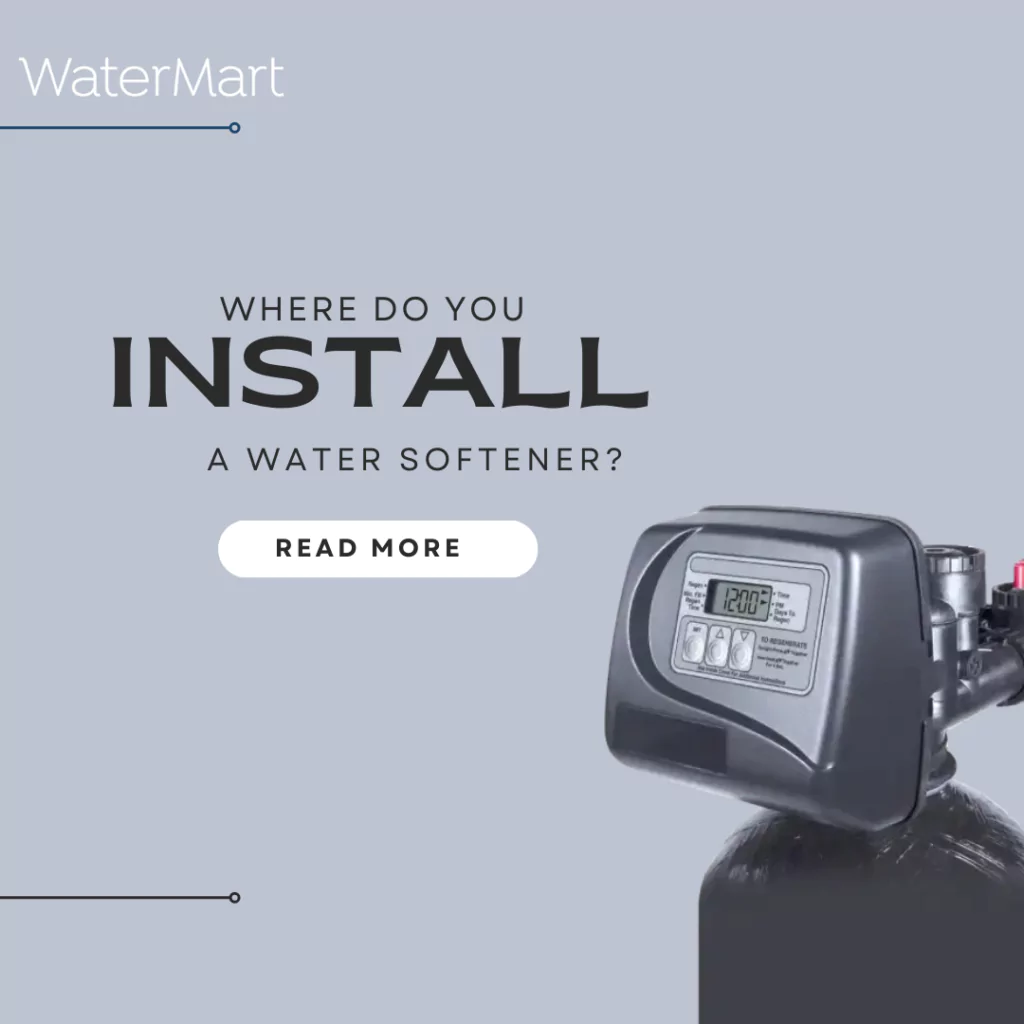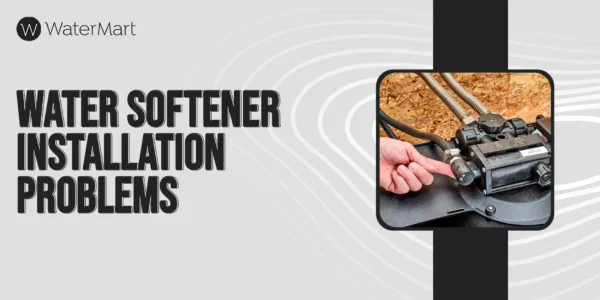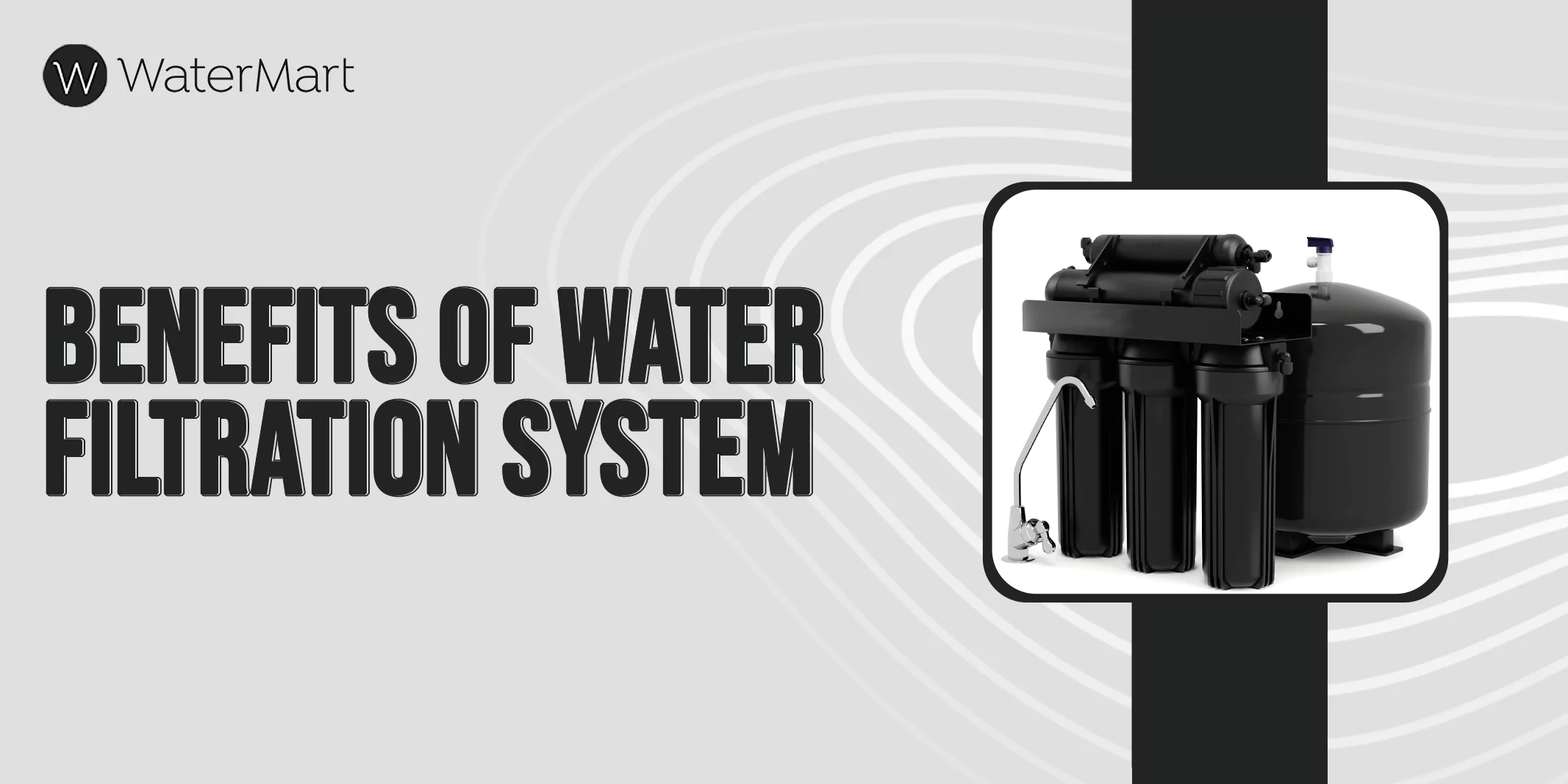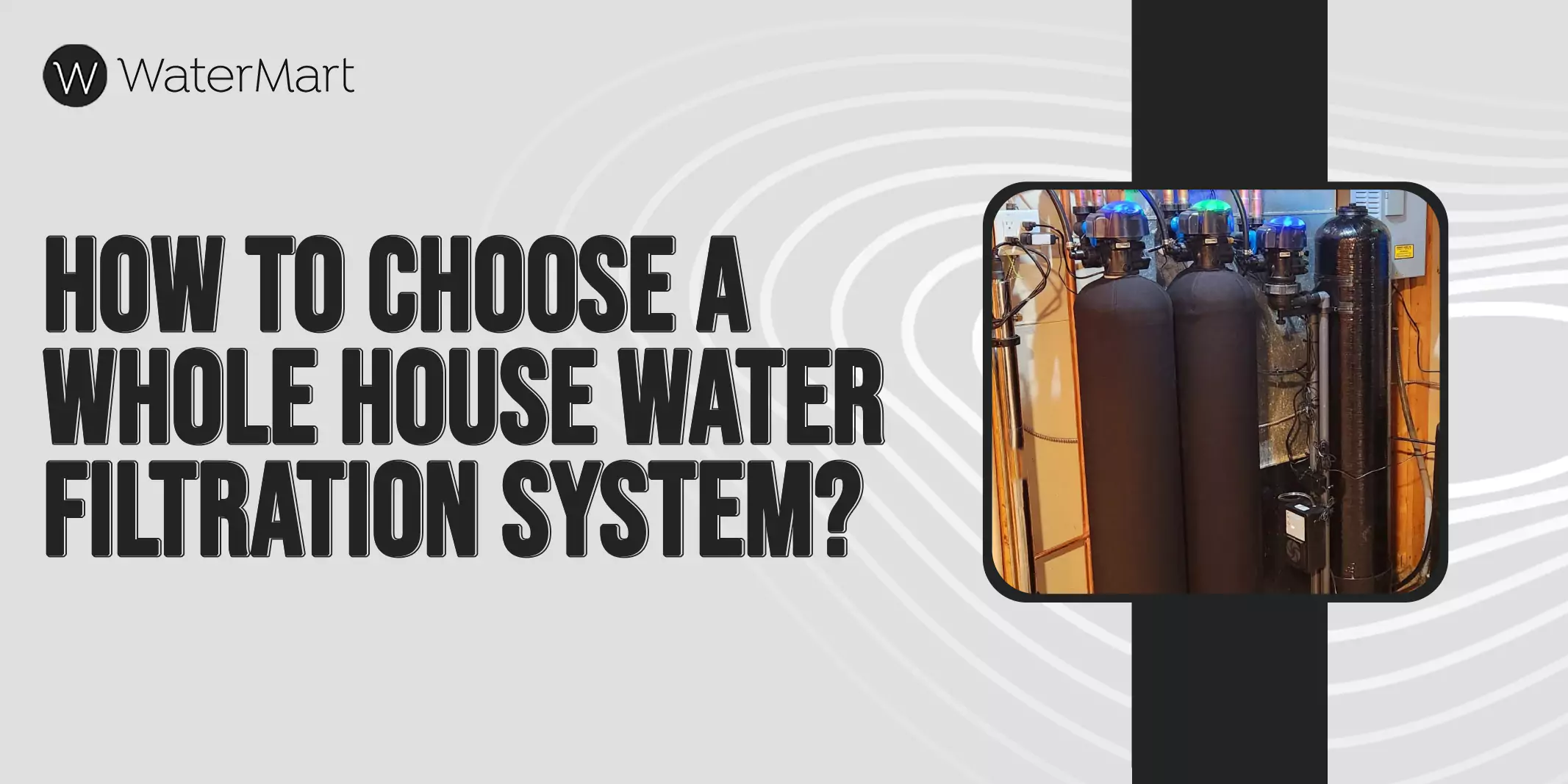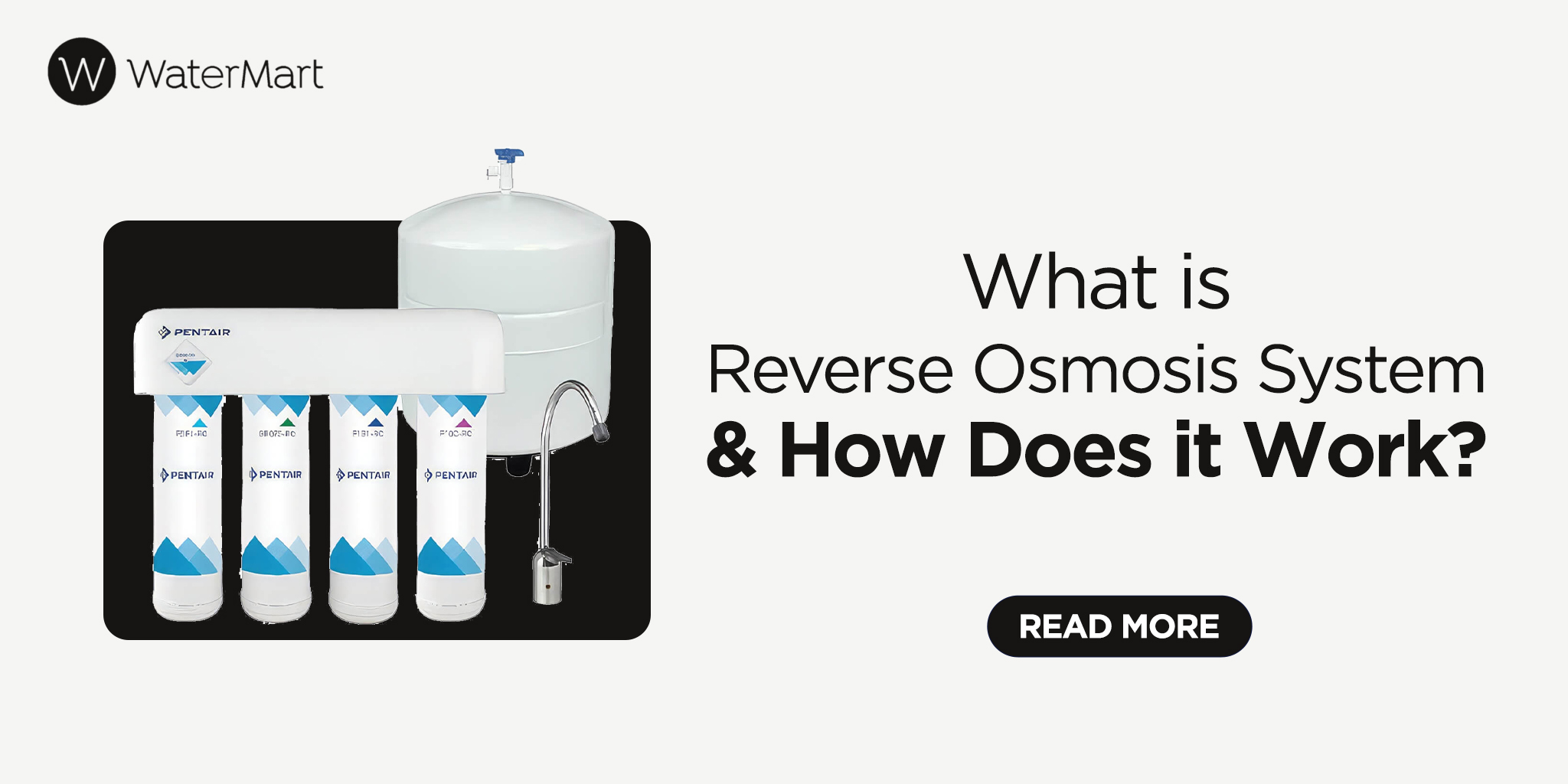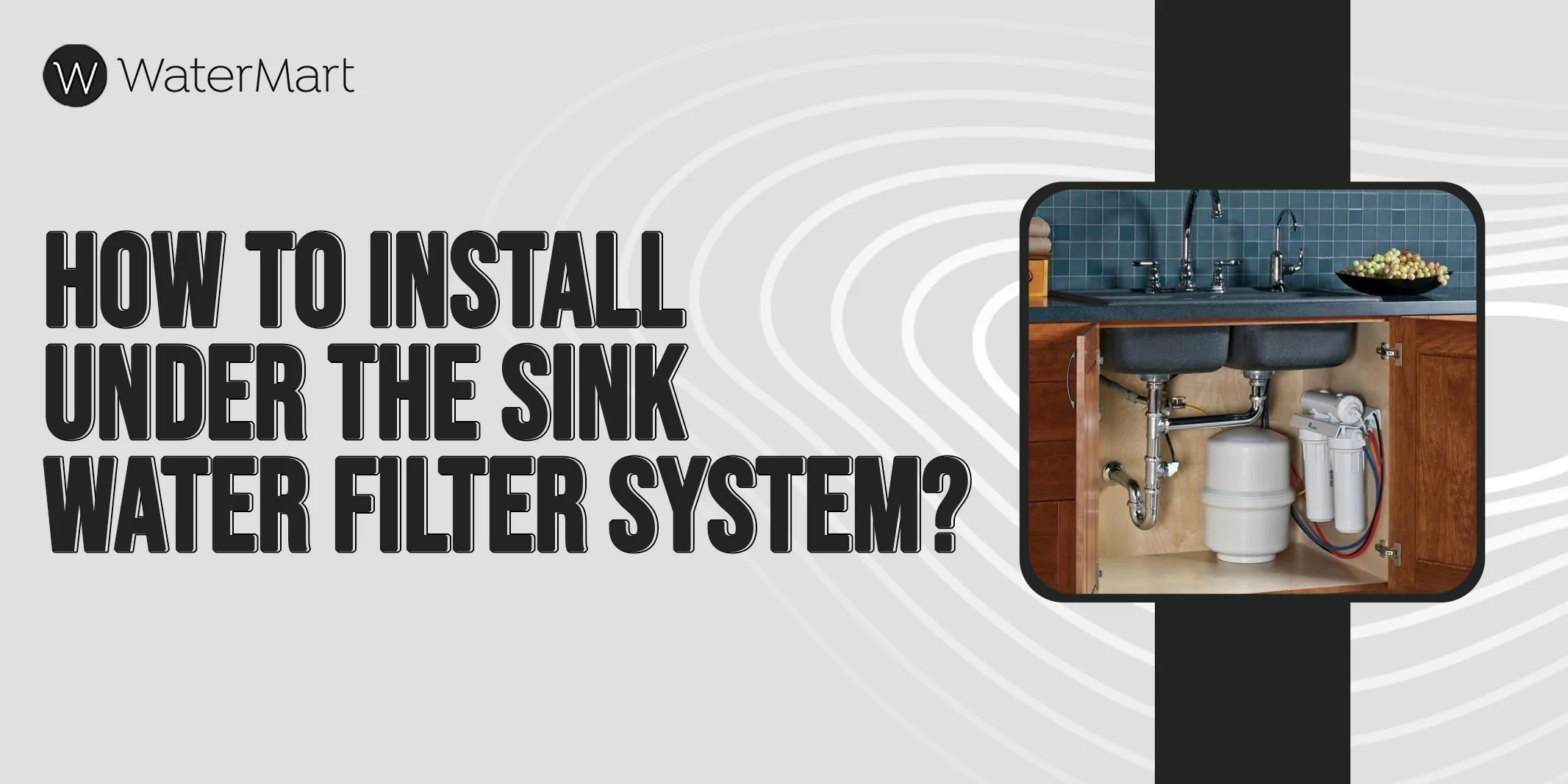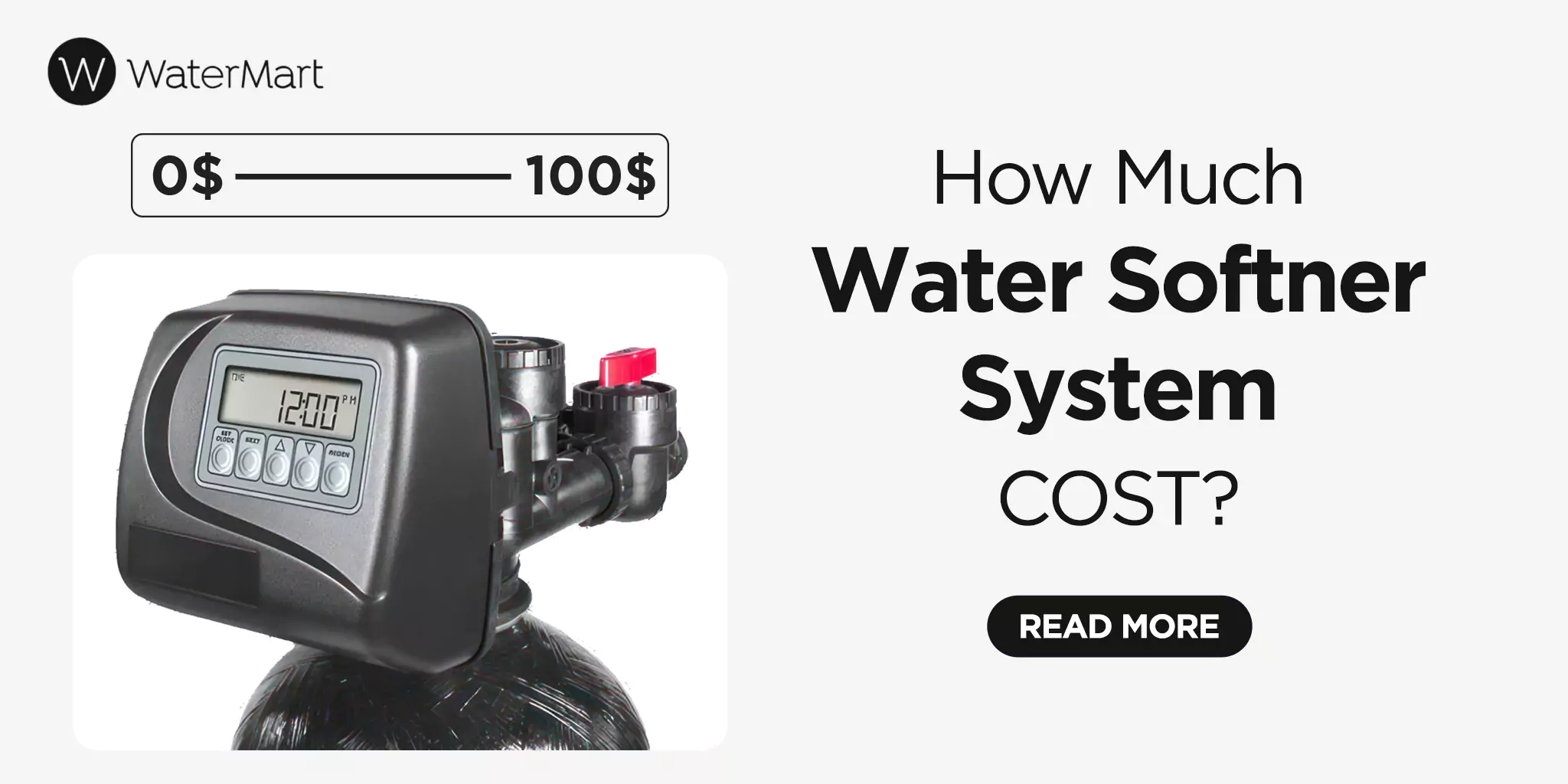Your cart is currently empty!
Where do you install a water softener?
A water softener is a fairly large-sized installation. In an average Toronto home it will measure between 9 inches in diameter by 54 inches in height and up to 12 inches in diameter and 68 inches in height. It also requires a standard 110V socket, and a drainage line must be run to a floor drain or a drainage stack. Therefore, before purchasing a water softener, you will need to figure out if the layout of your home is conducive to having one installed.
The fundamental considerations are:
- The location of your water main
- The location of a floor drain or drain stack
- The availability of power where you want it installed
- The areas in your home that you want to remain quiet
Where do you install a water softener?
1. The location of your water main
Ideally, a water softener is installed immediately after your water main in the basement. Your water main is the valve in the basement that shuts off all the water into your home. Usually, on a city water supply, it is located immediately before a city-installed water meter. Preferably installing in this location will ensure that you catch all the water in the home before it branches out to different rooms.
In most new construction, the owners are fortunate in this respect. The basement is an empty shell, and installing a softener at the main is no issue. Also, in these situations, water mains are most often (but not always) installed in the “utility” area – the area with the furnace, the hot water tank and a convenient floor drain.
However, we know this is only sometimes the case in the GTA. After years of renovations, you may find that your water main is mounted behind a panel in a family room or a closet. This, of course, makes things more difficult or impractical. No one wants to mount a big piece of plumbing next to the TV.
However, there are often alternatives. The first alternative is to install it in your utility room regardless of its proximity to your water main. In the best-case scenario, you may find that all the water goes to this location before branching off to the rest of your home. In this case, installing the water softener there will still soften every tap in the house. On the other hand, you may not be this lucky and may find that only the feed to your water heater makes its way to this room. In this case, you still have a few options:
Install it here anyway and accept that only the hot water will be soft. This is not ideal. However, if your concern is your water heater, dishwasher (which is most often fed by hot water), skin, hair and shower doors, you will accomplish much just by doing the hot.
The other option is to cut open the drywall and run piping from the main directly to the utility room and back. This may be easy and practical if your water main is only a few feet away. However, it is a different story if it is on the other side of the house. In this case, it is entirely up to you – how much time, money and mess is it worth to you?
2. The location of the drain
The location of your drain has to be taken into account. The reason for a drain is that a water softener (at least one that will work long-term) periodically “regenerates”. What this means in English is that it will flush out any accumulated dirt and hardness and refresh the resin inside the unit such that it can continue to work at full efficiency. This accumulation gets flushed down the drain – usually via a ½” flexible water pipe.
Drainage can be one of three things:
- A floor drain (usually close to your hot water tank)
- A drain stack (very often accessible from your utility room)
- A drain under a basement sink
- The easiest method is by running a line to the floor drain. This involves a ½” flexible line run along your basement floor and then elbowing into the drain. We then screw it to the floor such that it can’t be knocked out of position. If you have a grill on top of the drain, we will drill a hole through it to allow the pipe to pass through.
- A more difficult scenario is when we attach to a drain “stack”. This is a large diameter ABS black pipe that runs vertically (usually from the position of the upstairs toilets) into the basement. In order to hook into this, we must first cut the pipe and then install a “collar” and a “branch” fitting. We then attach the drain to the branch fitting.
- The third and (usually) most difficult installation is to attach the drain to a sink drain in the basement. This process is very similar to attaching to the drain stack. However, because it can be quite cramped under the sink and, we often have to drill holes in the side of the cabinetry to run the pipe, it is usually the most time consuming.
A word of caution: Some installers will want to run the drain directly into the top of a laundry sink. Because things could potentially block the drain in the sink, this means that water from the softener drain line could overflow the sink and flood the basement. Needless to say, avoid this type of drainage.
3. The availability of power.
We are often asked about “no power” water softeners. Although we could install these if we liked, we avoid doing so. The reason for this is that these softeners have very delicate meters that are prone to blockage. Therefore, they require a prefilter upstream to filter out any fine sediment. This prefiler can then load up and cause water pressure issues in the home. No sense in increasing your required maintenance. Also, the resin in a softener will filter out this sediment on it’s own.
That being said, a digital controller on a water softener consumes about the same amount of power as an alarm clock. In other words, so little that it doesn’t matter. So, when you are considering where to install the softener, ensure there is power close by.
4. Areas in your home that you want to remain quiet.
99% of the time, a water softener is absolutely silent. Water flows in one side and out the other. However, as mentioned above, periodically the softener will regenerate and water will be sent to drain via a “flow restrictor”. (The factory default time for this is usually 2 am. However, it can be set to whatever time you like). Depending on the softener, this flow restrictor is rated between 2.5 & 5 gallons per minute. Pushing water from your water main (which may be capable of 12 gallons per minute) through this restrictor makes noise. Not enough that you would usually notice it, but if your baby’s bedroom is right above it, you may find that it wakes them up at night or during nap time. Therefore, keep this in mind when deciding where to install your system.
Those are the main considerations when deciding where to install your water softener.
If you have other questions, please don’t hesitate to contact our sales department at WaterMart. We can be reached by calling 416-466-6488 or emailing us at [email protected].
Can I Install a water softener in the garage?
The short answer is “yes.” However, remember that, ideally, you will connect your water softener to your water line before it branches off to any other water outlets. If your water main (which is most often in the basement) is close to the garage, it will be easier than if you have to run it a longer distance. Also, if your basement is unfinished, it will be much easier than if you have to run new plumbing through finished walls and ceilings to reach the garage. Also, remember that you must run a ½” flexible line to a drain. If your only drain in the garage is a floor drain, you may decide against the garage location as it will require a drain pipe to run across the floor to reach the drain.
Can a water softener be installed outside?
In the GTA the answer is “no”. A water softener must be installed in an area consistently above freezing. However, if you’re considering installing somewhere that is always warm, then many people do this. Consider a softener with a special weather guard for the control head.
Consider installing a Water softener in a crawl space
If you have no other choice, then it can be done. However, there are two considerations to keep in mind. The first is that most softeners for residential use have a 9×48 tank plus a controller. This makes the whole system about 53 inches tall – too tall for most crawl spaces. We can, however, special order shorter units that will hopefully be short enough. The second consideration is that you must add salt to the brine tank periodically – and each bag of salt weighs 20 Kg. Therefore, getting the salt into a crawlspace may be very awkward and hard on your back.
FAQs
1.Does a water softener need a dedicated circuit?
No. A water softener draws very little power. Therefore a dedicated circuit is not necessary.
2.Where is the best place to put a water softener?
Ideally, a water softener will be mounted close to your water main in an area with a standard electrical socket and a floor drain.
3. What to do if you have no room for water softener
Unfortunately, you are out of luck. There are some very compact attachments to piping that some companies claim will soften your water. However, in our 30-plus years of experience, we have never found one that works as advertised.
